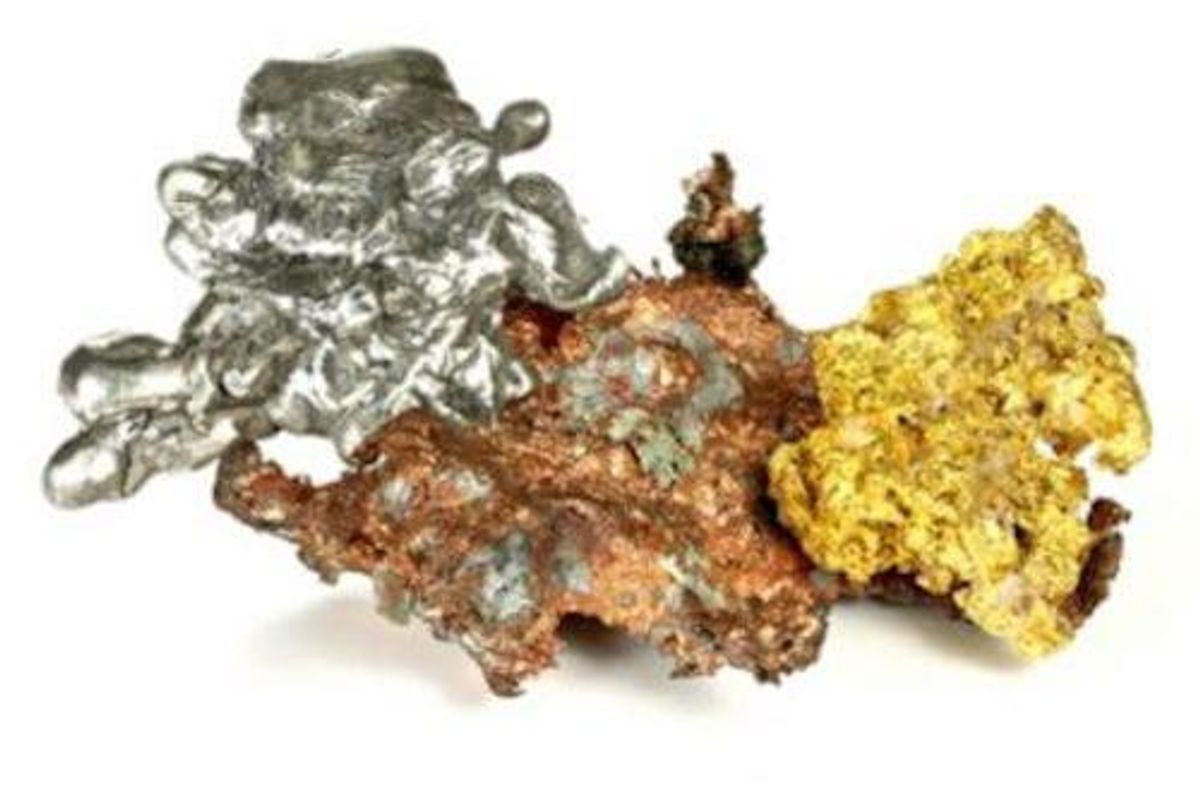Precious Metals Weekly Round-Up: Gold No Match for US Dollar

Precious metals were down for the week thanks to renewed hopes for an end to the ongoing trade war dispute between the US and China.
The gold price tumbled on Friday (November 8) as hopes surrounding US-China trade talks caused the greenback to climb, pushing the yellow metal down as a result.
The US dollar began making upward motions when news broke that China and the US have agreed to roll back tariffs as part of a potential deal to end their ongoing trade war.
“Gold is down because the dollar is doing well and some people who bought gold as a safe haven are moving out,” Georgette Boele, analyst at ABN Amro (AMS:ABN), told Reuters.
“You will get some profit-taking pushing gold prices lower,” she added.
Despite that news, the metal continues to be marginally supported by officials both in and outside of the White House who are opposing the notion of giving up punitive tariffs.
“We are trading on a lot of speculation right now and there’s no solid evidence or anything specific,” said Craig Erlam, senior market analyst at OANDA. Erlam added that gold could revert back to US$1,440 per ounce if a Phase 1 trade deal gets signed over the next month.
The price of the yellow metal has gained more than 14 percent in 2019, mainly on the back of the trade war between the two powerhouse countries.
In addition to being down at the end of the week, gold is set for its largest weekly decline in two and a half years. As of 9:53 a.m. EDT on Friday, the yellow metal was trading at US$1,466.50.
Silver was also down on Friday and was set to fall by at least 6 percent by the end of the day’s session — its biggest slump since October 2016.
Much like gold, the white metal took hits from a sturdy greenback as its safe haven appeal declined.
However, the uncertainty of an actual trade agreement coming to fruition has many industry experts believing that silver will rebound.
“Going forward, prices are seen remaining relatively stable, propped up by a recovery in industrial production next year,” states a recent FocusEconomics report. “The evolution of the US-China trade war will be a key factor to watch in coming months, due to its potential to affect both safe haven and industrial demand.”
As of 10:02 a.m. EDT on Friday, silver was changing hands at US$16.92 per ounce.
As for the other precious metals, platinum also came barreling down this week, losing over 1 percent on Friday and 5 percent for the week.
As of 10:07 a.m. EDT on Friday, platinum was below US$900 per ounce and trading at US$888.
Although palladium couldn’t escape the fate that the other precious metals faced this week, its decline was only marginal, as it remains supported by the same factors that helped it break records last week. Since the beginning of the year, the metal has gained 43 percent, with its large gains being attributed to stricter environmental regulations around car emissions.
While sales for traditional vehicles are slipping, air quality rules in line with cutting pollution have prompted automakers to increase the amount of palladium used in catalytic converters, which help vehicles reduce their emissions.
As demand increases from the automotive sector, supply shortfalls are beginning to emerge, giving the spot price a boost on the market.
“There’s just a persistent, continuing shortage of the metal,” Tai Wong, head of base and precious metals derivatives trading at BMO (TSX:BMO,NYSE:BMO), told Reuters.
“The sharp rally does suggest a correction at some stage but the outlook is robust. Palladium could even hit US$2,000 next year, perhaps even higher, but the path is unlikely to be smooth.”
As of 10:30 a.m. EST on Friday, palladium was trading at US$1,724 per ounce.
Don’t forget to follow us @INN_Resource for real-time news updates!
Securities Disclosure: I, Nicole Rashotte, hold no direct investment interest in any company mentioned in this article.